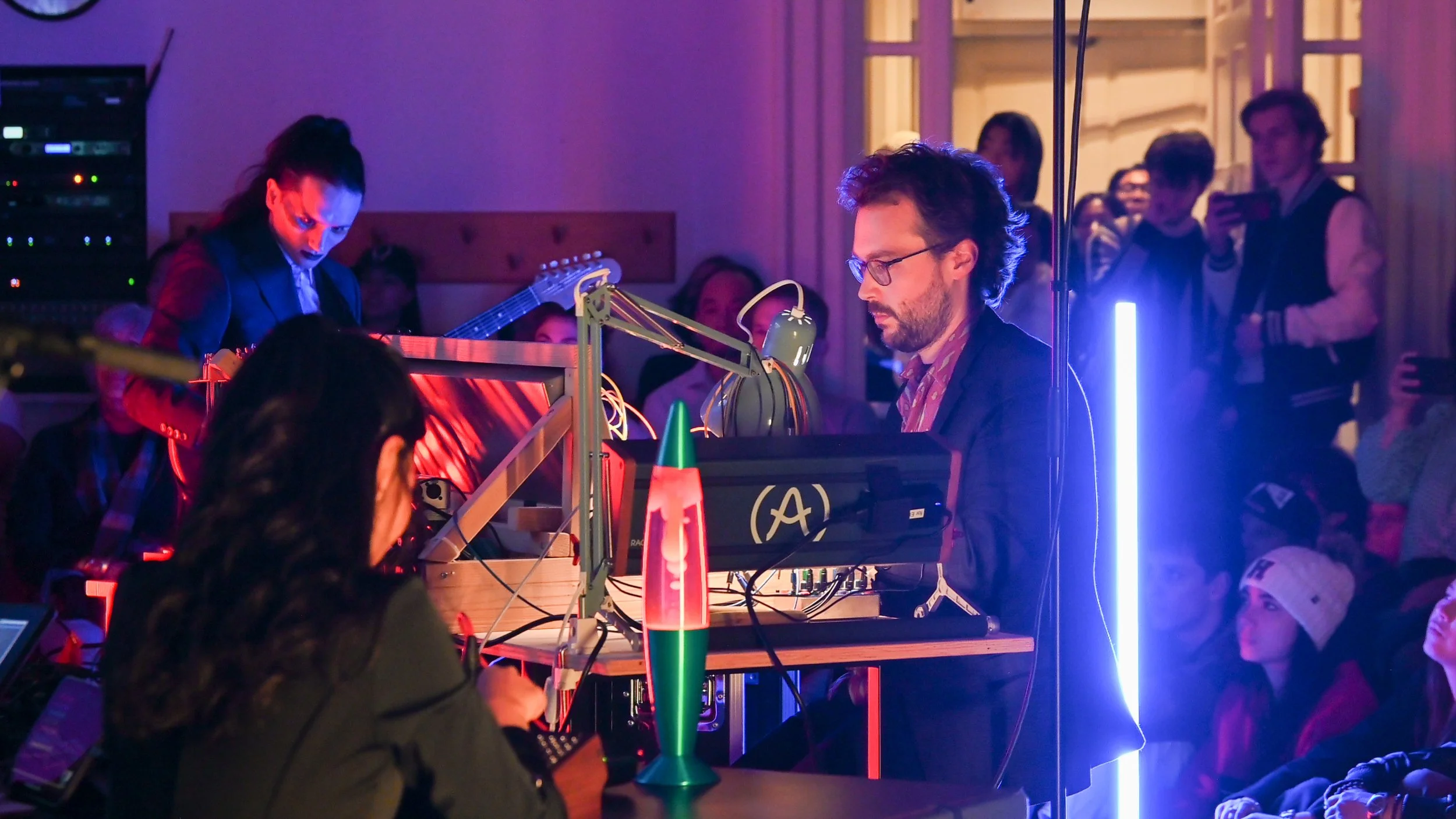The world that we perceive with our senses is not “real” in the strictest sense of the word. Rather, it is a complex system of ideas and projections created by our sensory systems, based on the input of energy that radiates and flows from a more complex, mysterious reality.
Plato’s allegory of the cave represents an intuitive understanding of this, while behavioral neuroscience has made huge advances in parsing the limitations of sensation, and the role of generative fill in the process of everyday perception.
